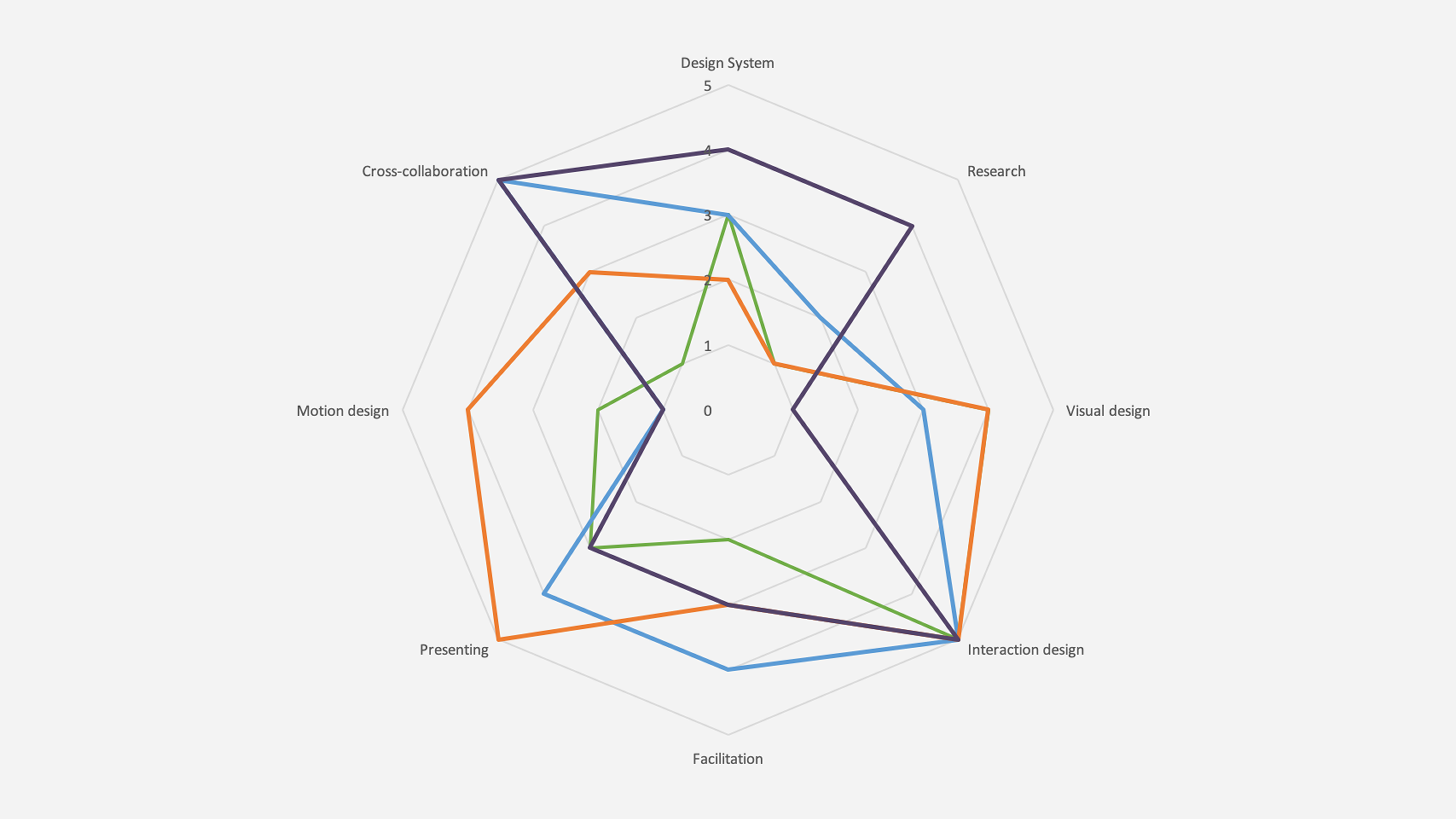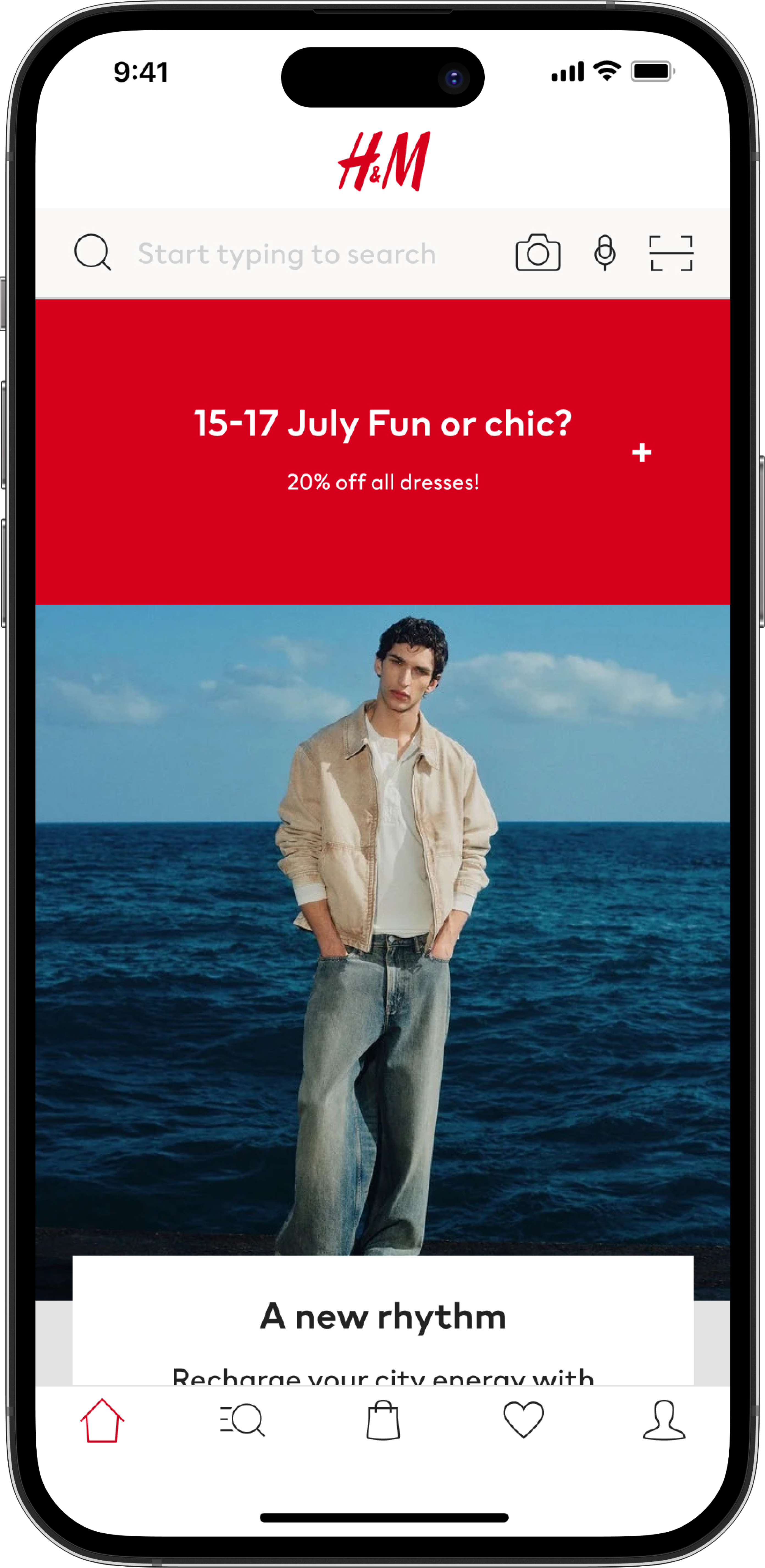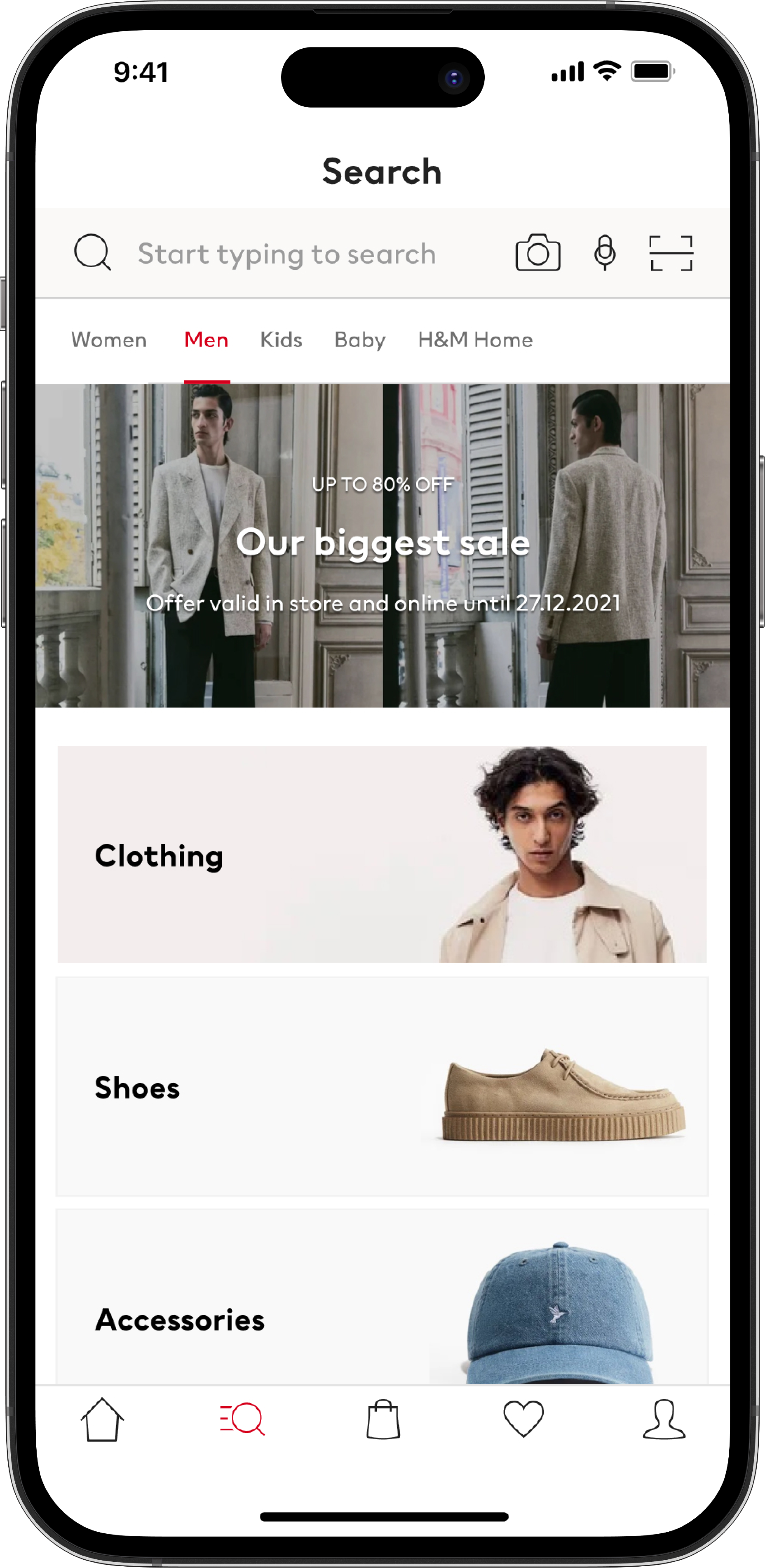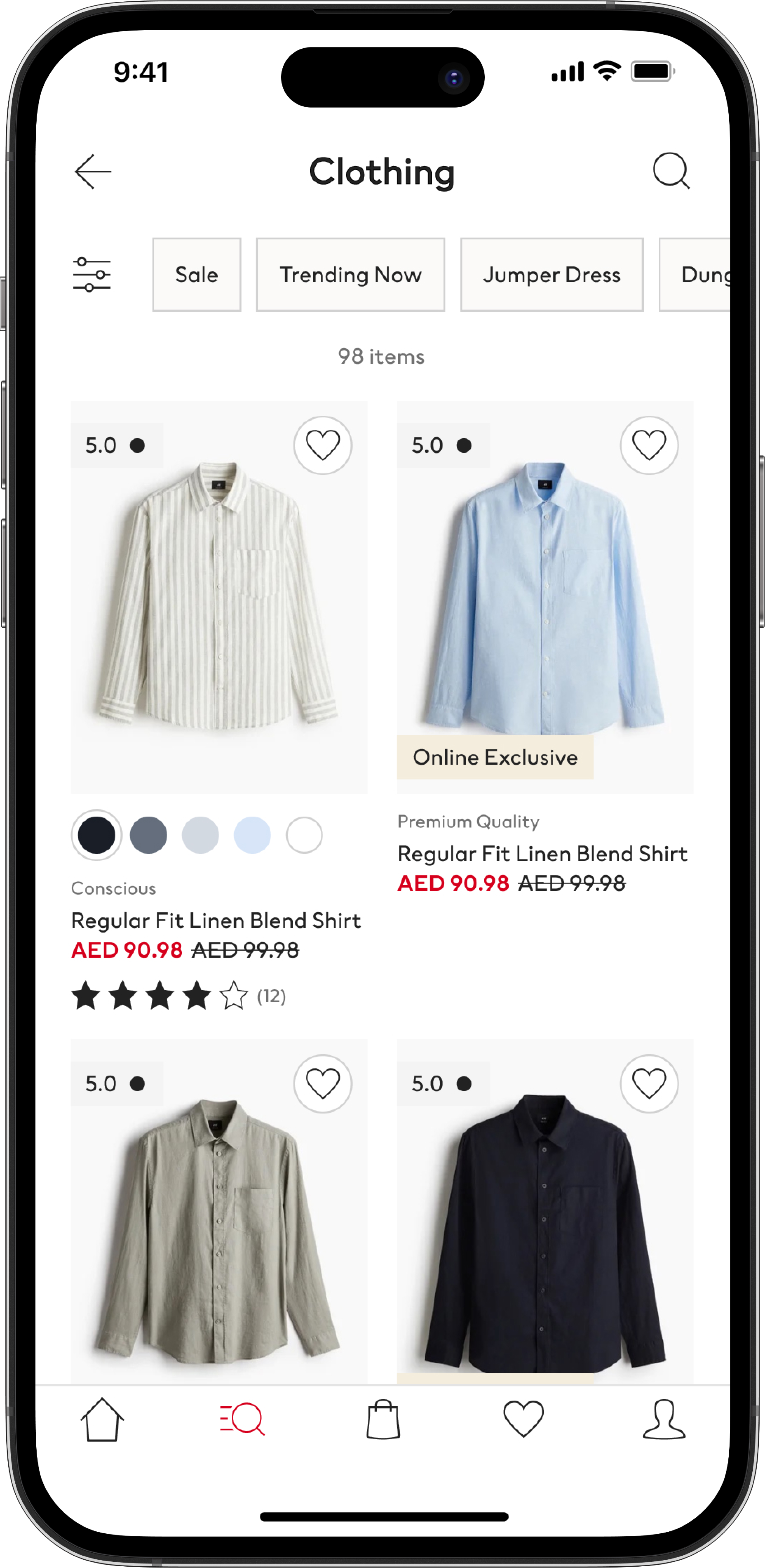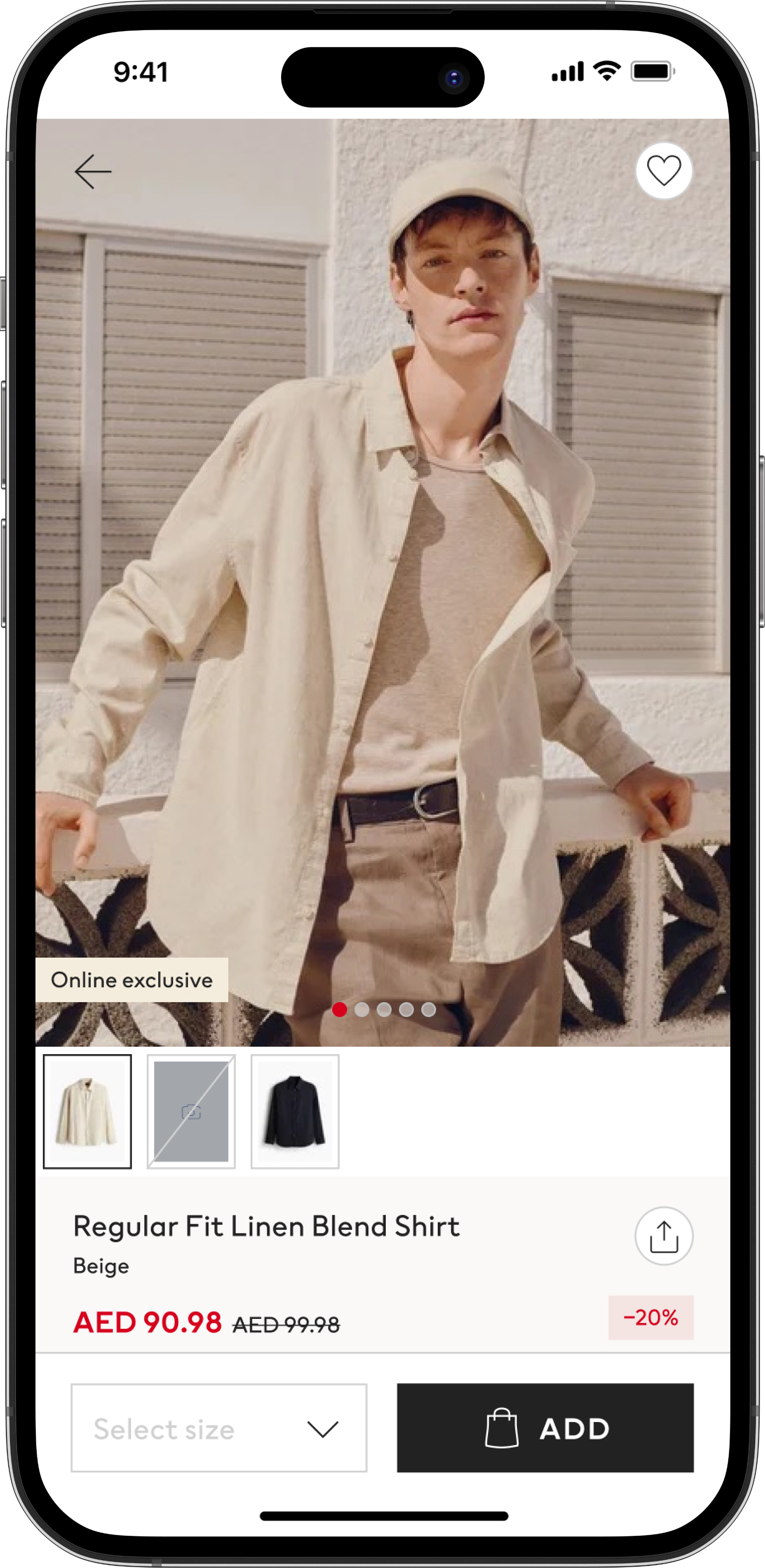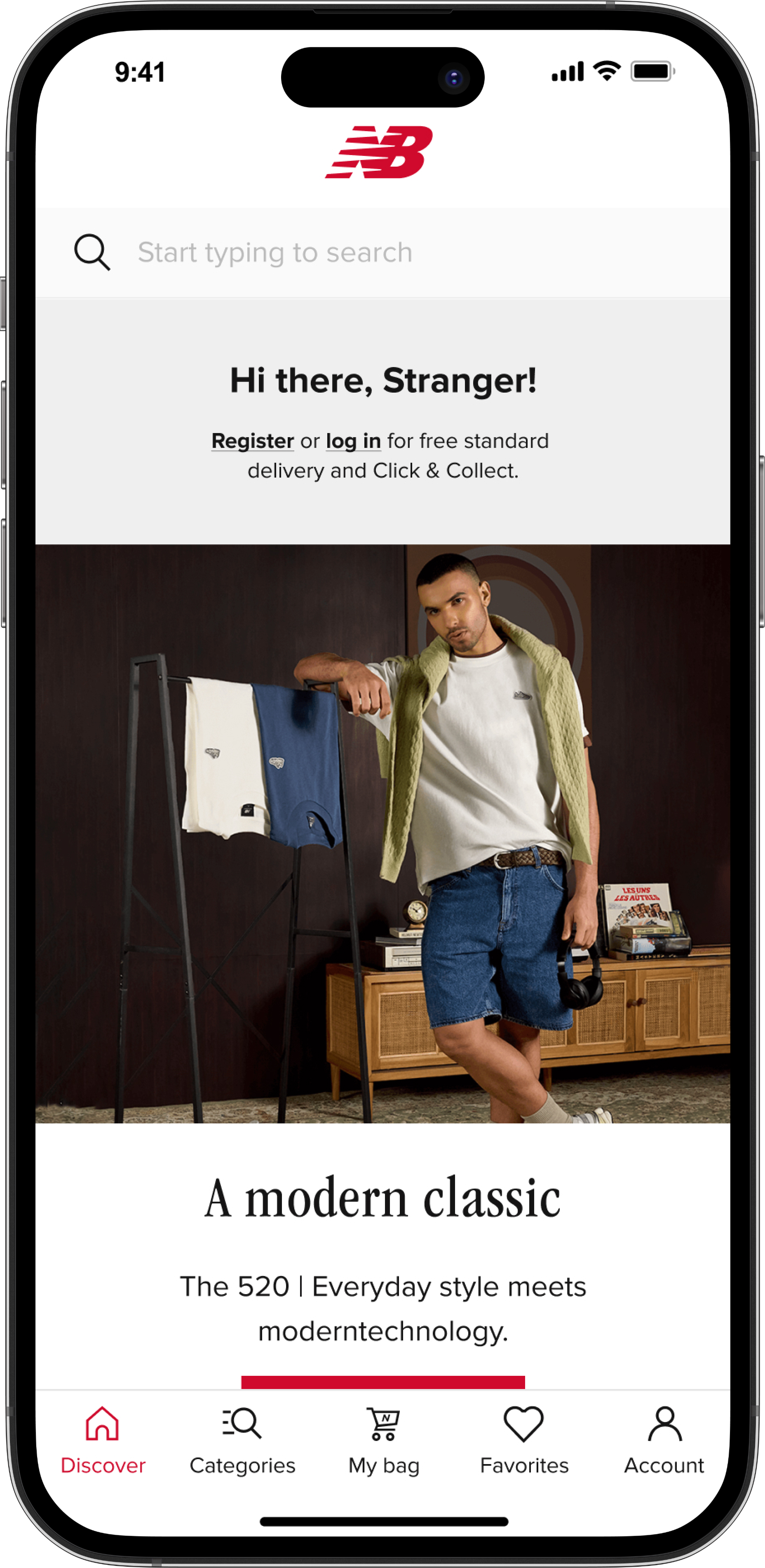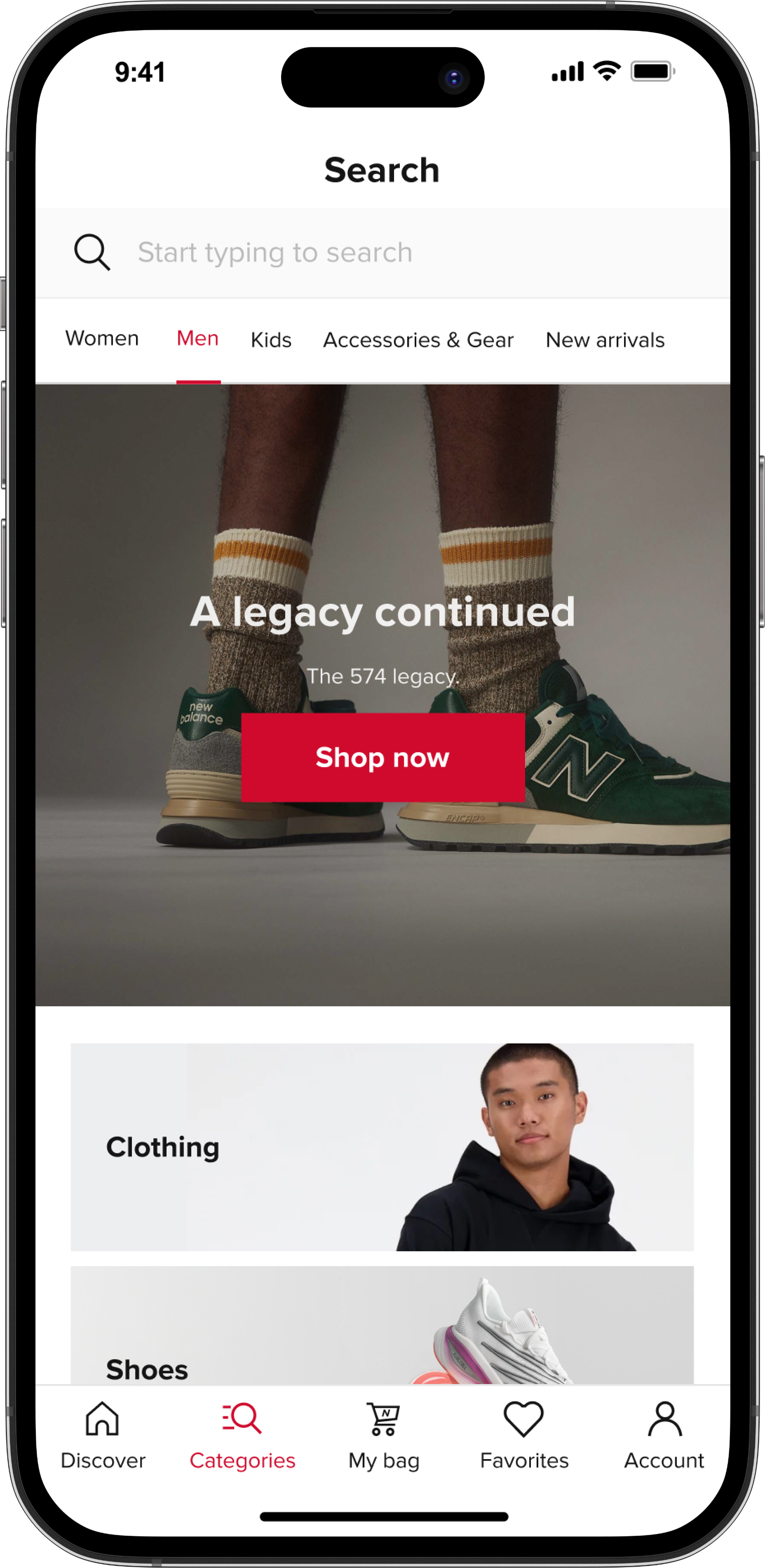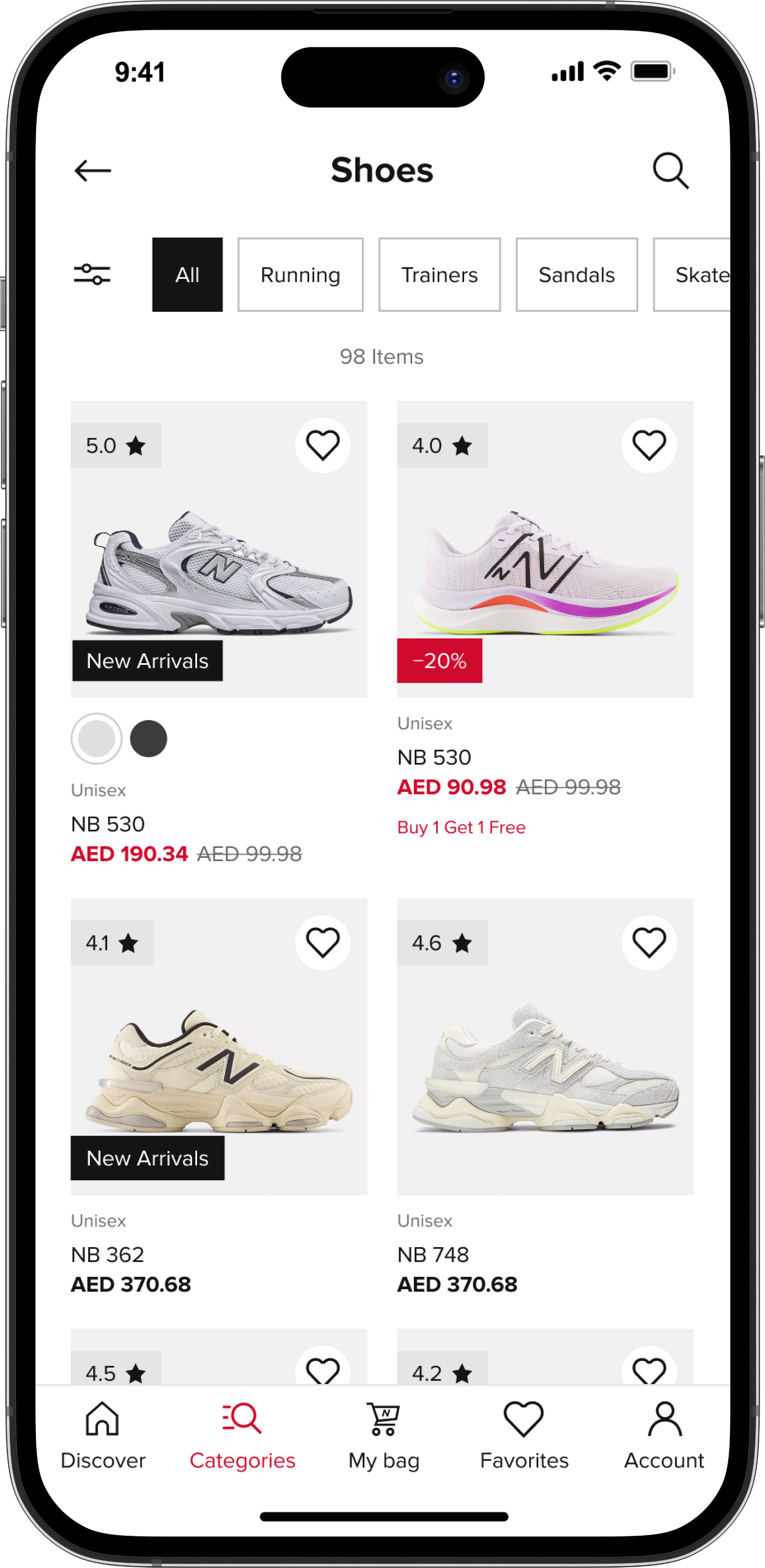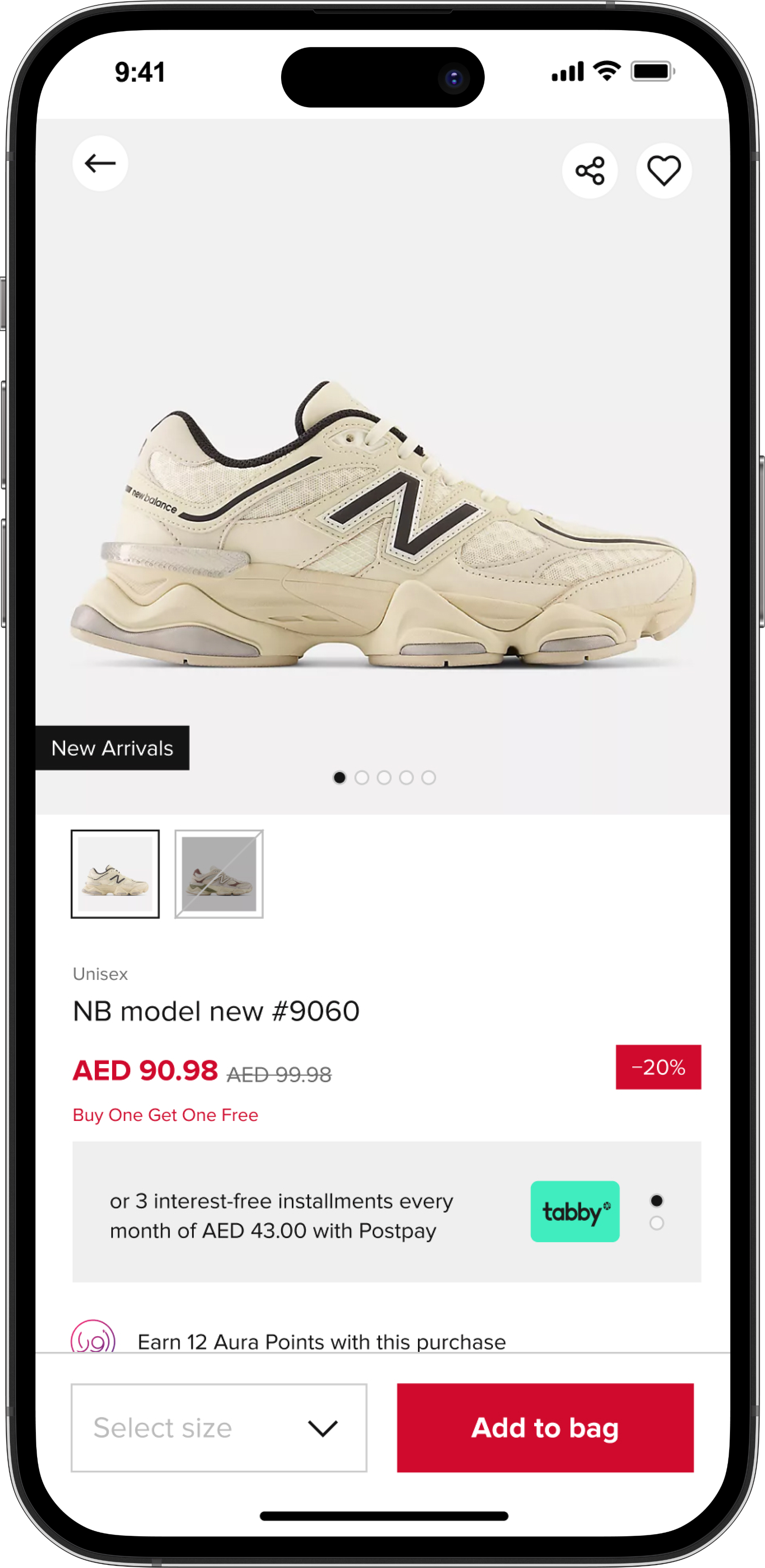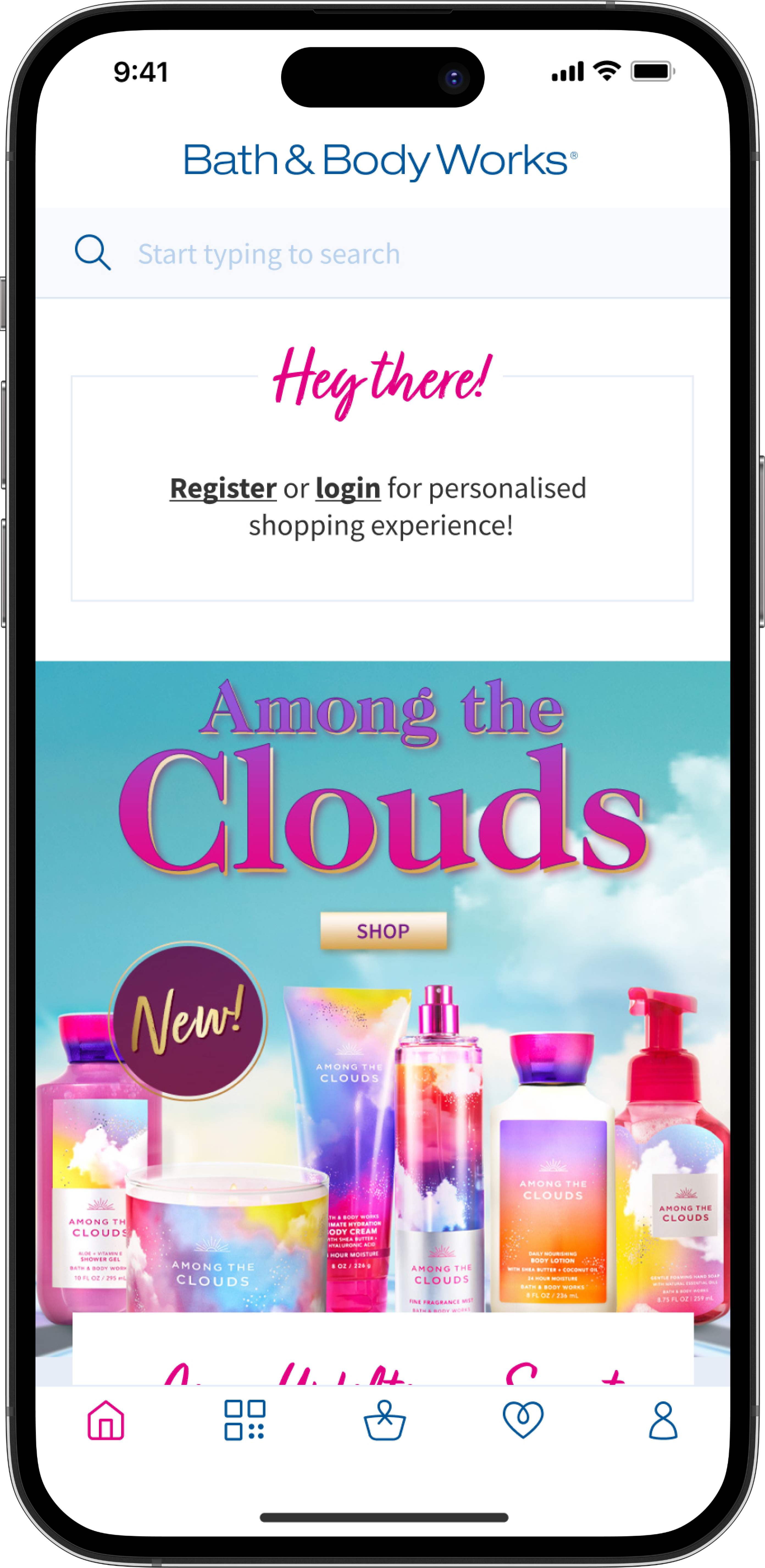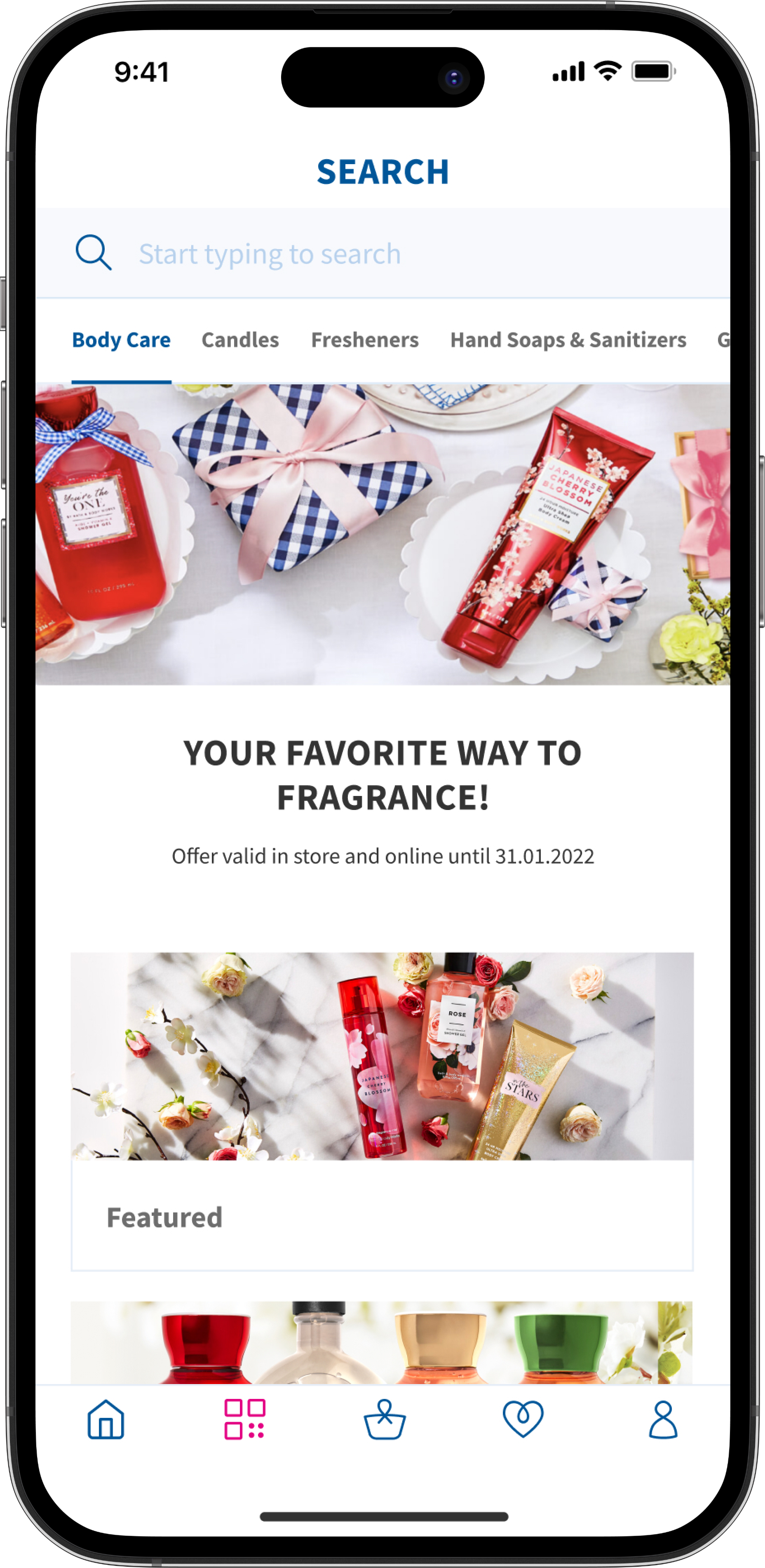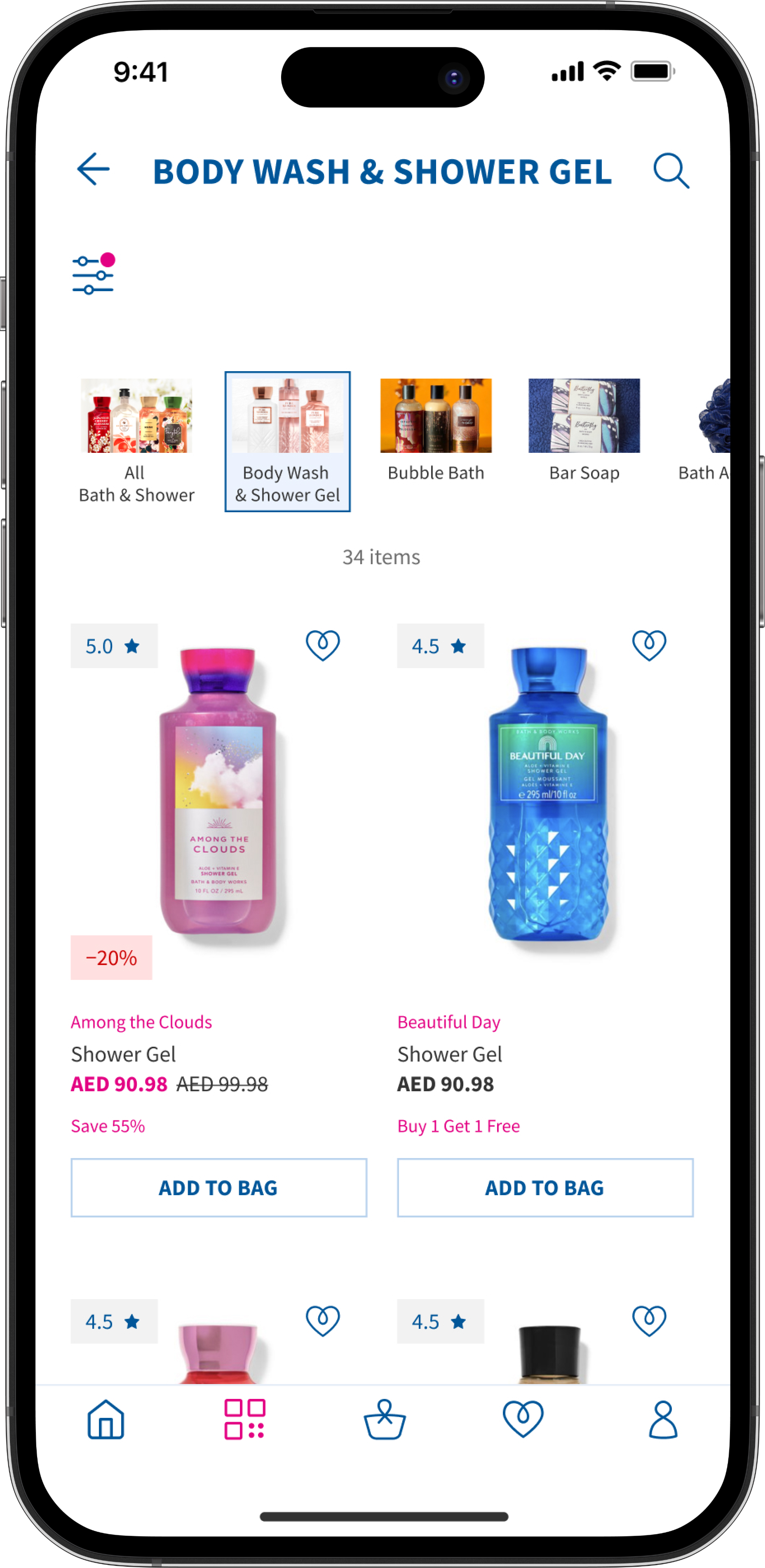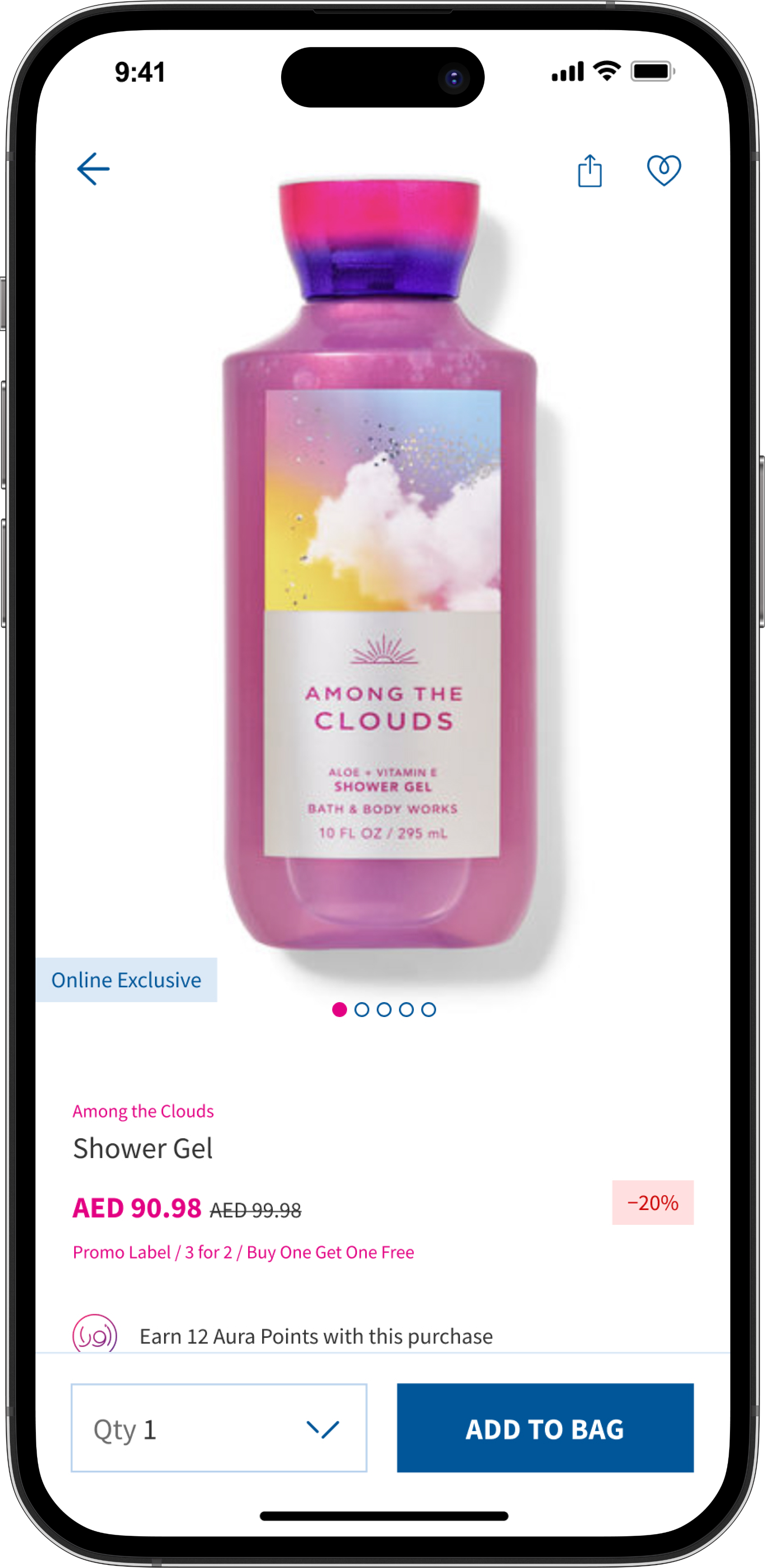Design Strategy • Design Management | 5 min read
Designing the Design Process
DesignOps for a Multi-Brand Ecosystem
Client
Alshaya Group – Dubai
Role
Principal Experience Designer
Overview
When a multinational retail giant managing over 50 international brands faced mounting design inefficiencies, they didn’t just need better designs—they needed a better design process. Our team transformed their fragmented, resource-intensive design approach into a streamlined DesignOps ecosystem through strategic team architecture, systematic process orchestration, and an innovative 80/20 approach-based tokenized design system.
This comprehensive DesignOps transformation delivered measurable improvements while preserving each brand’s unique identity:
• 68% faster design delivery across all brands
• 71% reduction in helpline and email cases
• 56% reduction in time-to-market for digital products
• Seamless consistency across diverse brand experiences
• Improved collaboration between design and development teams
This case study illustrates how designing the design process can create exponential value for organizations with complex brand ecosystems and diverse market requirements.
The Design Dilemma
Imagine managing design for over 50 international brands simultaneously. That was the challenge facing Alshaya Group, a multinational brand franchise operator. Each brand demanded its unique identity while competing for limited design resources.
Our initial assessment revealed a fragmented landscape where:
• Resource Optimization
Design teams invested countless hours recreating similar components for different brands
• Experience Consistency
Customers experienced inconsistent interactions when engaging with multiple brands
• Market Responsiveness
New features took months rather than weeks to implement across the portfolio
• Quality Enhancement
Quality standards varied dramatically between brands and platforms
This wasn’t just a design problem—it was a strategic business challenge that demanded a systematic solution.
Architecting a Design Transformation
We didn’t just want to fix the immediate problems—we aimed to transform how design functioned across the entire organization. Our strategic response centered on three integrated approaches:
Team Architecture and Leadership
Rather than organizing by brand, we assembled a specialized team of 5 senior designers supported by 2 design leads, with overarching leadership across three workstreams: e-commerce production, in-store production, and design system governance.
The breakthrough came through comprehensive skill mapping across six competencies, allowing us to maximize team impact while creating personalized development paths. Each team member received tailored coaching to address gaps and leverage strengths—turning specialists into versatile designers.
Building the Design Machine
With the right team in place, we needed to establish processes that would ensure consistency, quality, and efficiency.
We revolutionized our workflows by transforming chaos into clarity through well-defined processes. From onboarding to design versioning, each step included specific inputs, outputs, and responsibilities, that transformed chaos into clarity.
To maintain high quality, we established rigorous “definition of done” criteria and systematic reviews, allowing for objective assessments that upheld our standards across all brands.
Additionally, we fostered a culture of collaboration through regular design ceremonies like daily stand-ups and bi-weekly sprint planning, providing structured opportunities for alignment, feedback, and course correction.
The 80/20 Innovation Breakthrough
Our innovative strategy centered on a token-based design system that allowed multiple brands to maintain their unique identities. We discovered that around 80% of user flows were functionally identical across brands, with only 20% needing specific customization. This insight guided our approach.
Instead of starting from scratch for each brand, we created a unified system with core components that addressed the common user flows. We also introduced a theming engine, featuring a token-based architecture for systematic brand-specific styling.
To guide customization, we established clear frameworks for making brand-specific adjustments. Our design system translated brand guidelines into design tokens, including color tokens for primary and secondary hues, typography tokens for fonts and sizes, spacing tokens for layout consistency, and border and shadow tokens for visual depth.
This method allowed us to quickly apply tailored “themes” for each brand, significantly reducing design time while preserving brand consistency and enhancing the overall user experience.
Want to dive deeper into the process?
I’d be happy to walk you through the detailed breakdown of the approach.
Design Excellence in Action
For each retailer, we applied completely different visual languages through our token system while maintaining consistent interaction patterns. The experiences felt authentically branded despite sharing the same underlying architecture.
The proof is in the execution. Our system enabled consistent yet distinctive experiences across diverse brands:
H&M
New Balance
Bath & Body Works
Transformative Results
The implementation of our DesignOps framework delivered significant measurable outcomes:
Efficiency Metrics
68% Reduction in Design Delivery Time
With efficient design deliveries, designers focused on solving problems rather than recreating similar components.
63% Faster Cross-Brand Implementation
New features rapidly deployed across multiple brands by applying reusable patterns.
Increase in Team Efficiency
Clear processes and workflows eliminated confusion and redundancy.
Business Impact
56% Reduction in Time-to-Market
New features and offerings reached customers significantly faster.
Decrease in Design Iterations
More consistent approaches led to faster approvals for production.
Optimization in Resource Allocation
Team members could be assigned based on their strengths and development needs.
Quality Improvements
Improvement in Design Consistency
Users experienced predictable interfaces across brands where appropriate.
Reduction in Development Handoff Friction
Standardized components and clear documentation improved designer-developer collaboration.
Design System Adoption Rate
The team embraced the new system for its apparent benefits and usability.
Feature Implementation Comparison
To illustrate the transformation, consider the implementation of a new checkout flow:
Before DesignOps
• Design Approach
Each brand required a complete redesign of the checkout flow
• Resource Requirements
3 designers working for 5 weeks per brand
• Brand Application
Manual creation of brand-specific designs from scratch
• Customization Process
Full redesign needed for brand-specific elements
• Development Impact
High development cost due to custom implementation per brand
After DesignOps
• Design Approach
Core checkout flow designed once using components and templates
• Resource Requirements
2 designer working for 2 weeks per brand
• Brand Application
Brand themes applied automatically via tokens
• Customization Process
Only brand-specific adjustments needed for custom requirements
• Development Impact
Reduced development cost through component reuse
The Long-Term Legacy
Our DesignOps transformation delivered immediate efficiency gains and created lasting strategic value:
Enduring Capabilities
• Scalable Design Infrastructure
Enabled to onboard new brands with minimal additional resources
• Culture of Continuous Improvement
Established mechanisms for regular refinement based on feedback and metrics
• Cross-functional Collaboration
Design ceremonies bridged understanding between design, business, and technology teams
• Design Leadership Development
Team members developed valuable systematic thinking and process optimization skills
Key Takeaways
• Strategic Team Structure
Align team composition with workstreams and skill requirements
• Process Before Pixels
Establish clear workflows before diving into design solutions
• Systematic Thinking
Identify patterns that can be systematized while preserving brand uniqueness
• Measure and Adapt
Track metrics and continuously refine your approach based on results
This transformation journey demonstrates how strategic DesignOps can elevate a multi-brand design approach from a resource-intensive challenge to a systematic, efficient process—enhancing both brand identity & user experience while dramatically improving operational efficiency.
Let’s harmonize DesignOps
across your brand ecosystem
More Case Studies
UX Transformation Before the AI Boom
Rethinking Citizen-Government Engagement
Supercharged Design Delivery
How a Design System Redefined Efficiency
Data Beats Deadlock
Solving a Week-Long Design Dispute in 1 hour
Designing Delight
The Retail App That Topped Charts


